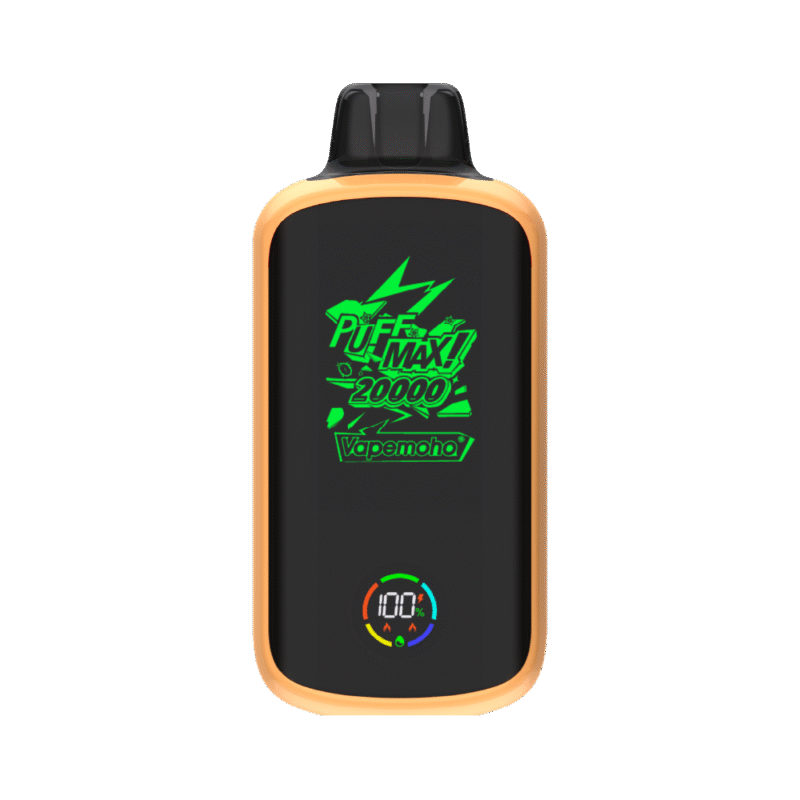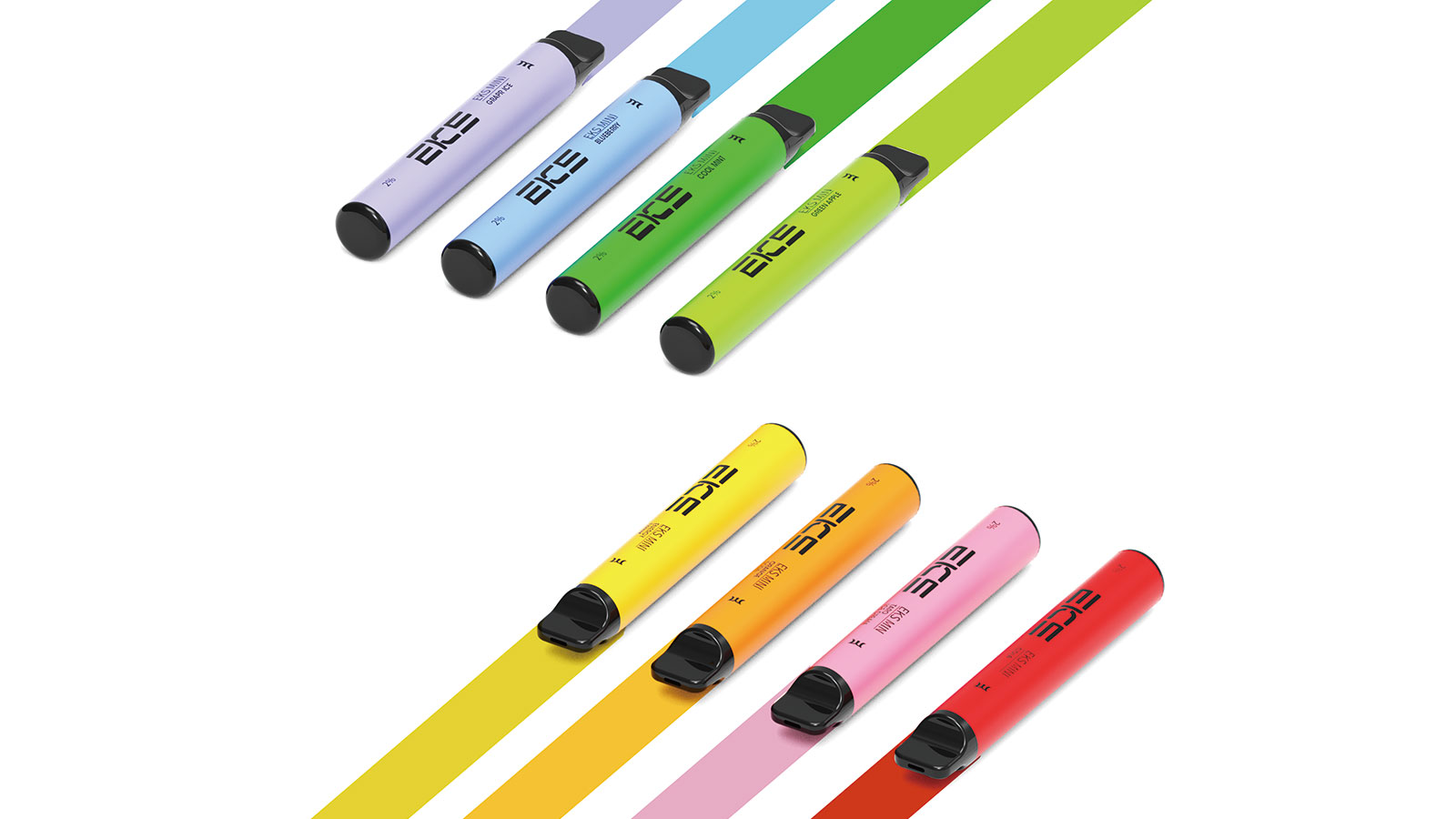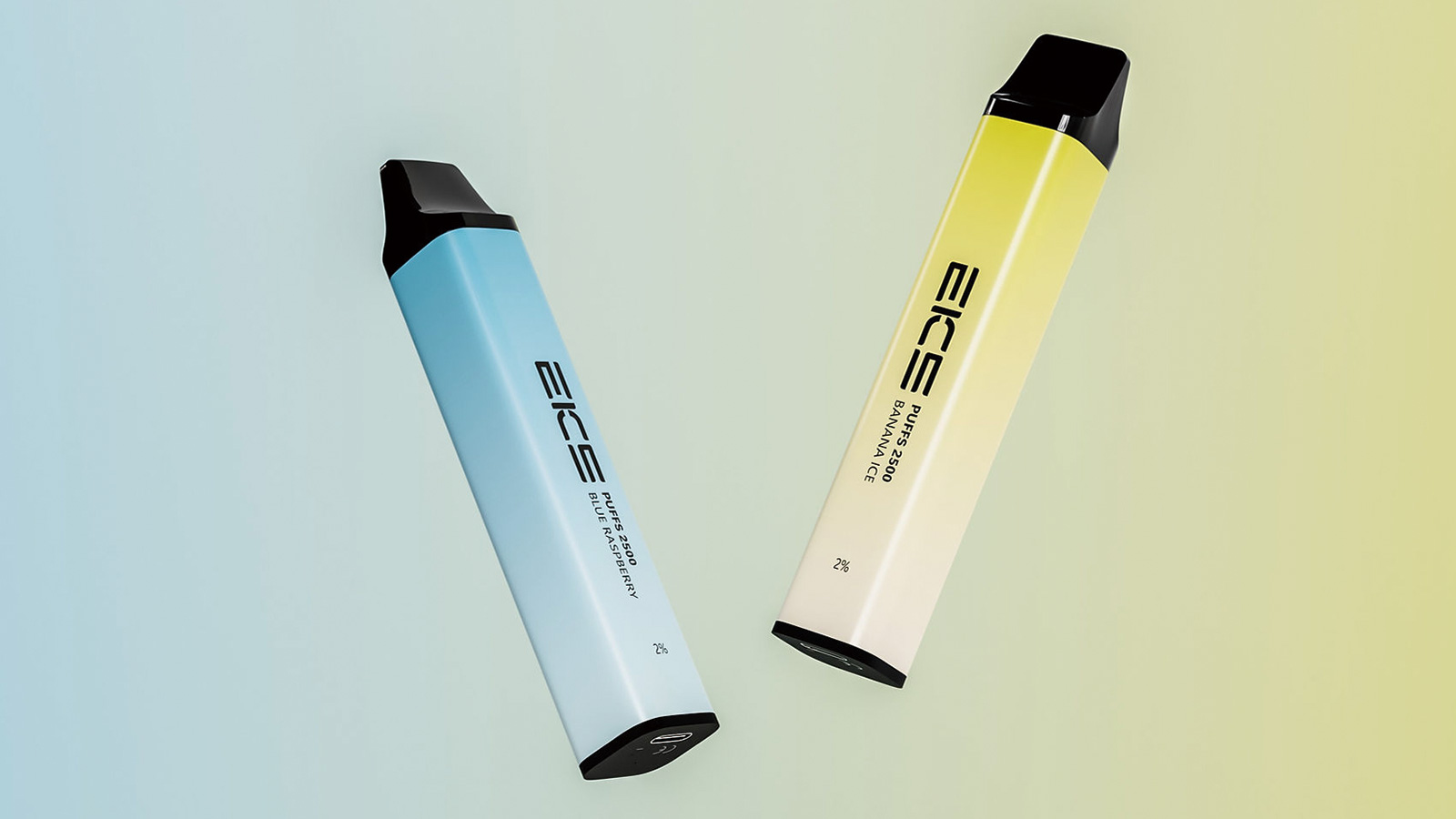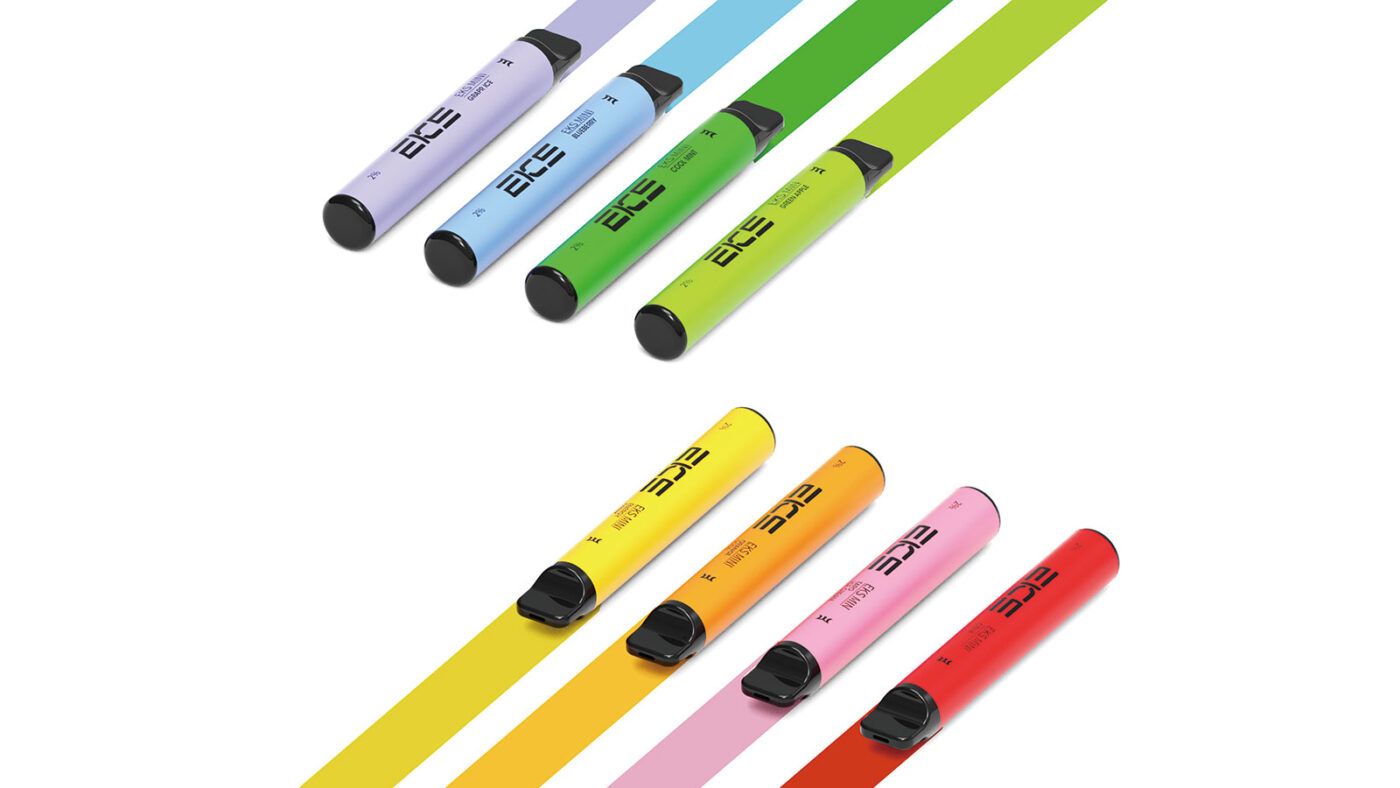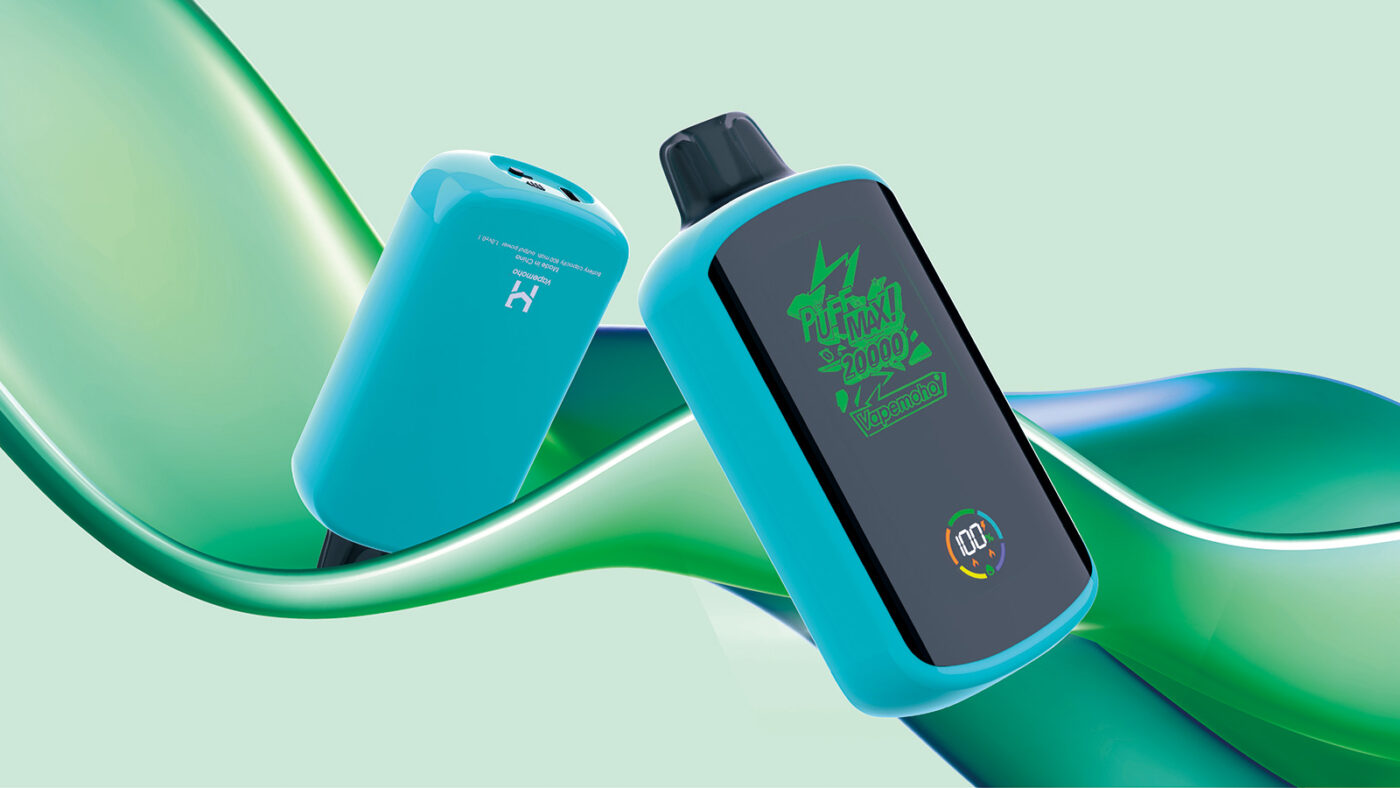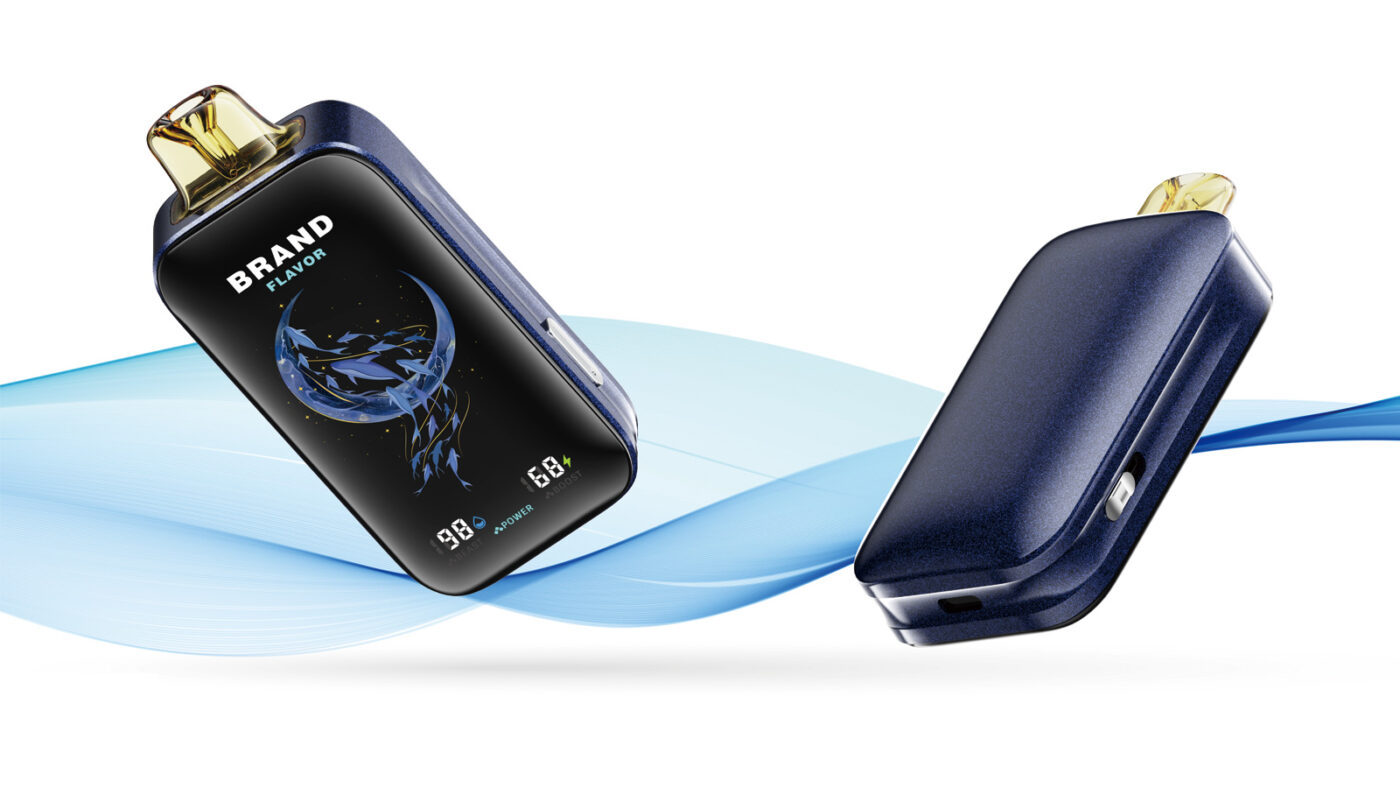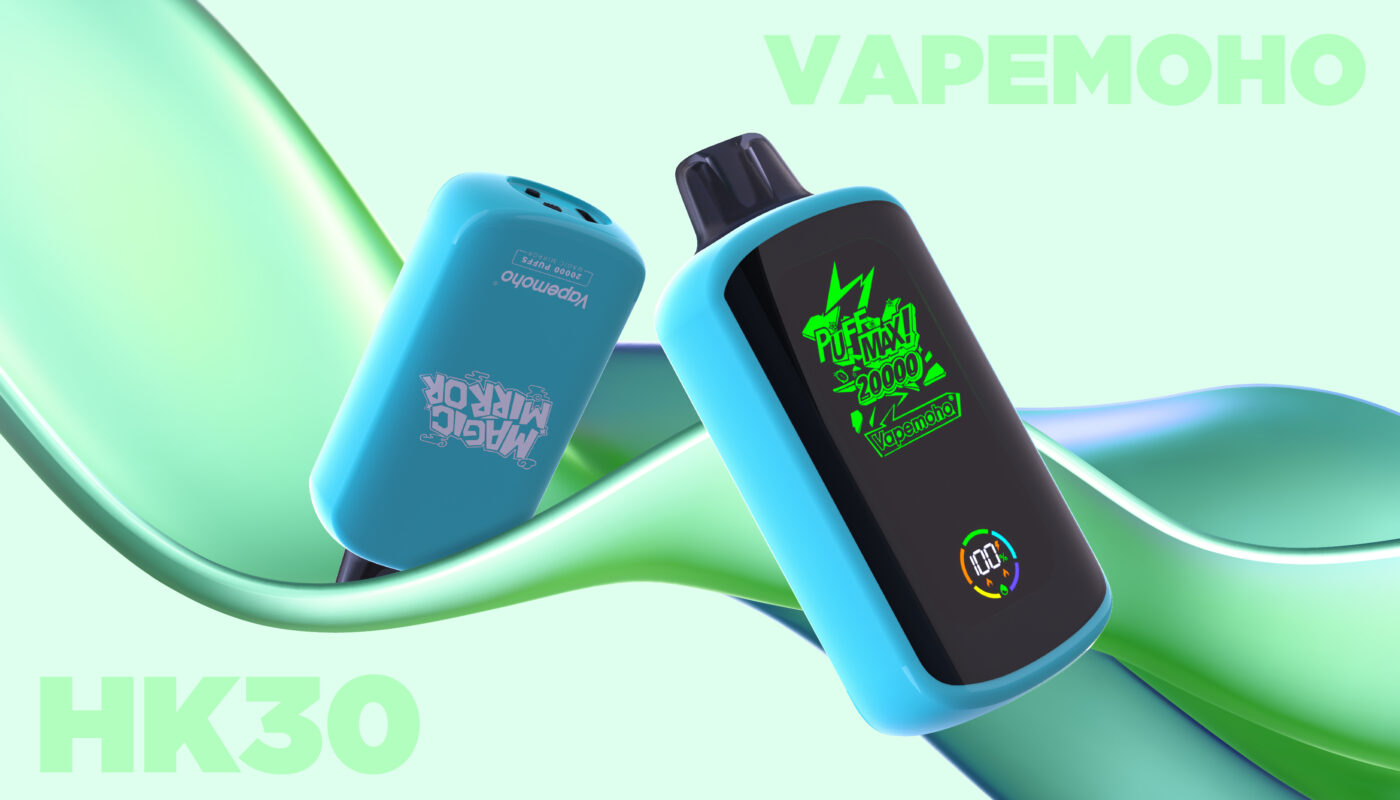In today’s chaotic market, e-cig brands aren’t just facing cost hikes. They’re watching profit margins evaporate like vapor—a problem made worse by cascading supply chain issues.
Raw material prices have spiraled: lithium-ion batteries jumped 25% year-over-year in 2023, driven by lithium and cobalt shortages. Food-grade nicotine solutions and heat-resistant plastics followed suit, with some suppliers raising prices by 18% due to energy costs. Worse still, supply chain snags have extended key component lead times from 4 weeks to 6-8 weeks, forcing brands to hold more inventory and tie up cash.
To add to the pressure, regulatory costs are tightening. EU TPD 3 now requires more rigorous toxicology testing (costing $50,000-$80,000 per product), while US PMTA applications demand thousands of pages of documentation. Brands also need to keep innovating—consumers now expect features like fast charging and leak-proof pods. No wonder mid-sized and emerging brands see margins shrink to 5-8%, down from 15% just two years ago.
For these businesses, the question isn’t just “how to survive.” It’s “how to cut costs without gutting quality.” Thankfully, electronic cigarette ODM services offer a solution—the unsung heroes turning cost headaches into wins, all through design-driven efficiency.

🔧 1. Modular Design: Standardize the Core, Customize the Fun (and Upgrade Later)
ODM’s biggest trick to cut costs? Modular design. In short, brands don’t have to rebuild products from scratch for every new flavor, market, or feature upgrade.
To break this down simply: ODMs create gear with swap-and-go modules. Core parts—batteries, atomizers, circuit boards—stay standardized (slashing mold costs by 30-45%). The best part? This design supports future upgrades: if a brand wants to add Bluetooth (for usage tracking) later, it can swap in a new circuit board module without changing the battery or casing.
Take European premium pod brand VapeLab, for example. It teamed up with an ODM to launch a modular lineup in 2023. One battery module powers three pod flavors (tobacco, berry, mint) and two nicotine strengths (3mg, 6mg). The result? No more wasted money on five separate battery molds, a 38% drop in upfront design costs, and products hitting shelves 25% faster. Six months later, VapeLab added a fast-charging battery module—no retooling needed.
🌿 2. Material Magic: Save Cash, Boost Durability, and Cut Waste
ODM teams don’t just pick materials at random. Instead, they hunt for alternatives that balance three key factors: cost, safety, and long-term durability—because fewer returns mean more savings.
A great example is replacing traditional aluminum alloy casings with high-strength, food-grade PC (polycarbonate) composites. This switch meets EU REACH and US FDA standards (critical for mouth-contact parts) and chops material costs by 20-28%. Even better, PC composites resist high-temperature aging—so pods last 30% longer, Reduce the after-sales return rate from 7% to 3% for brands like Southeast Asia’s DispoVape.
Beyond just material swapping, ODMs optimize usage with precision engineering. They use CAD software to map material layouts, reducing cutting waste from 12% to 5%. For DispoVape, this meant a 19% drop in raw material waste—and $120,000 back in their pocket for a 500,000-unit run. ODMs also use “lightweighting” (thinner casings with reinforced edges) to cut material use without sacrificing strength.
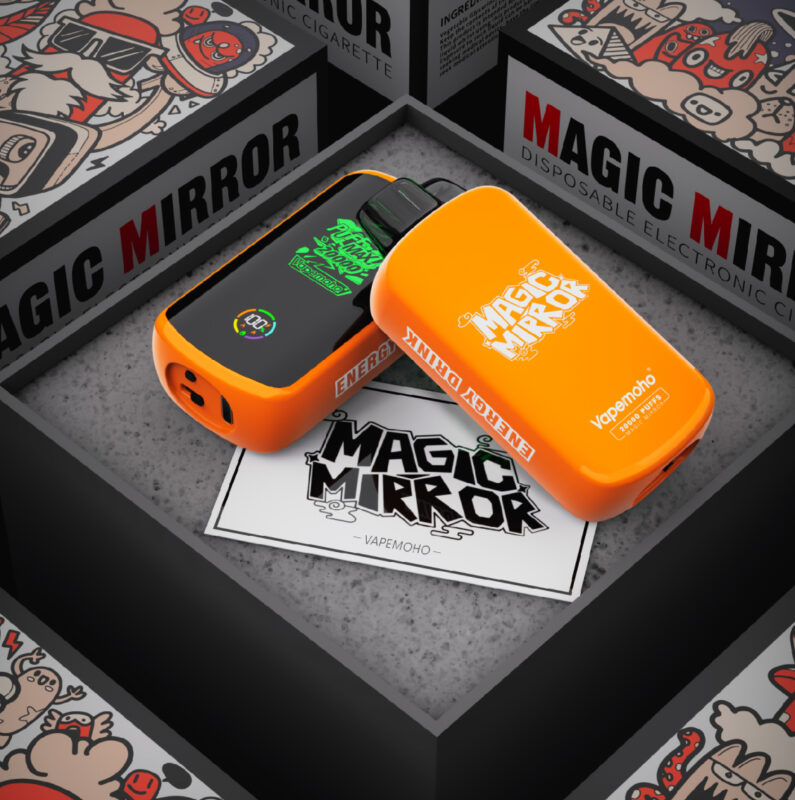
🤖 3. Smart Production: Design for Automation, Slash Errors
ODM innovation doesn’t stop at product design. It also extends to manufacturing—specifically, designing products to work seamlessly with automated lines, which cut labor costs and reduce human error.
How does this work? ODMs simplify component connections (e.g., snap-on pods instead of glued parts) so robotic pick-and-place systems can assemble products in seconds. They also add built-in alignment markers to ensure parts fit perfectly—no more misaligned buttons or leaky pods.
Here’s how this plays out for US-based brand CloudVape: An ODM redesigned its best-selling disposable e-cig’s internal structure, cutting manual assembly steps from 14 to 6. The automated line now produces 1,200 units per hour—up from 500 units with human workers.
For CloudVape, the impact was huge: Labor costs dropped 42%, production capacity rose 55%, and unit costs fell by $0.35. Most importantly, the automated line’s built-in quality checks (e.g., leak testing, battery voltage checks) Reduced the defect rate from 2.5% to 0.8%—saving $80,000 a year in reworks.
📜 4. Compliance-First Design: Avoid Rework, Speed Up Certifications
Regulatory missteps are silent cost killers. Brands can face $100,000+ in rework fees—or even get banned from markets—if products fail regional standards. The problem is, compliance rules vary wildly: EU TPD 3 requires child-resistant caps, while Canada’s Vaping Products Act mandates unique serial numbers for traceability.
To avoid this nightmare, ODMs weave region-specific compliance into the design phase. For EU-bound products, they pre-install child-resistant pod caps and reserve 20% of the casing space for health warnings. For US PMTA applications, they add extra ports for lab testing (e.g., for nicotine concentration sampling) and design parts that are easy to disassemble for toxicology checks.
North American brand NovaVape learned this the hard way: Its in-house design failed PMTA testing in 2022 because the battery compartment was too small for lab equipment. Partnering with an ODM, it redesigned the compartment to meet testing requirements. The result? No costly retooling, a 2-month faster certification process, and $230,000 in saved rework costs.
All in all, for e-cig brands drowning in cost pressures, ODMs aren’t just manufacturers—they’re strategic partners. A 2024 industry report from VapeTech Insights found that brands using ODM services have average profit margins of 17%, compared to 5-8% for those relying on in-house design.
Whether it’s modular design that supports upgrades, material choices that cut waste and returns, automated production that slashes errors, or compliance design that avoids reworks—ODMs help brands cut costs at the source. In short, this design-driven approach is the secret sauce to staying profitable and agile in a market where every penny counts.

